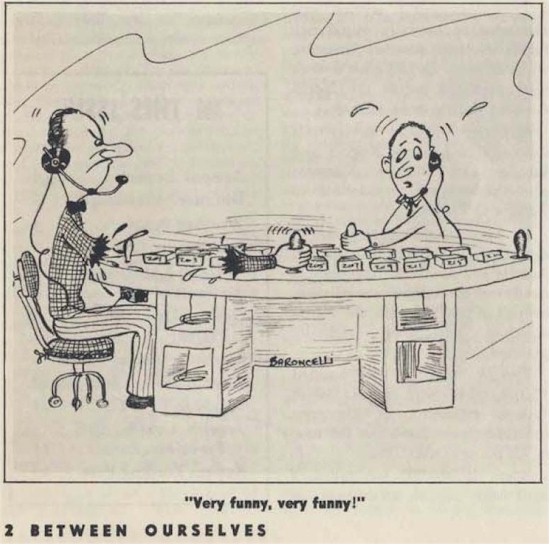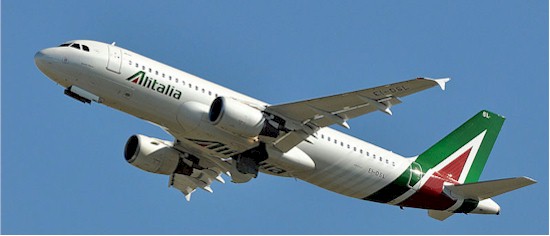|
|
|
 |
 |
|
Ken Pickford found the video linked below posted by Reel Life / CanadaMotorSport on YouTube On November 5, 2021. The video was taken in 1992 at Calgary and includes at least one member of almost the entire Canadian Airlines mainline fleet then (except the B-747-400) - a few B-737's, 2 B-767's, 1 DC-10, 1 A320 (landing at 16:02). The B-737 being pushed backwards from the hangar (pictured below) is an ex-Pacific Western B-737 Combi (C-GOPW) equipped with a gravel kit. Then age 12 years, delivered to PW in 1980, then with the 'Canadian North' part of CP, named 'Spirit of Norman Wells'. It went on to the independent Canadian North in 2001 and spent 20 yrs there. Still in service with Air Inuit, only acquired a few months ago at age 41. See NetLetter #1333 for our article on the Canadian North fleet (including C-GOPW) from December 2015. Editors' Note: Two AC B-727-200's from 16:29 to 16:34. More than half of the 39 AC 727's had already left the fleet. Twelve more went in '92 and the last five in '93. All except a couple went to FedEx for freighter conversion. One AC A320 seen near the beginning and an AC B-767 after the B-727's are painted with the short lived livery where a burgundy stripe was added. |
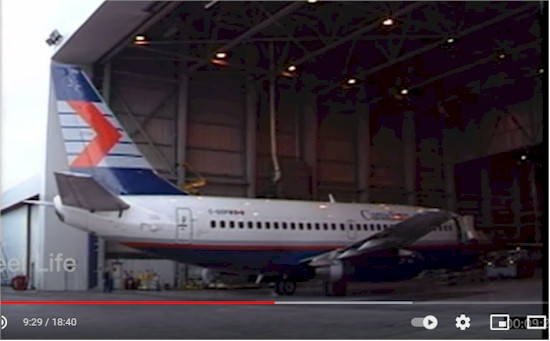 |
|
Our thanks to Roger Slauenwhite who sent in the images of promotional material to recognize the 35th anniversary from Air Canada's 'Around the World Voyage Two' from November 1 to 23, 1986. |
|
See also NetLetter #1419 for our previous story on this memorable event. |
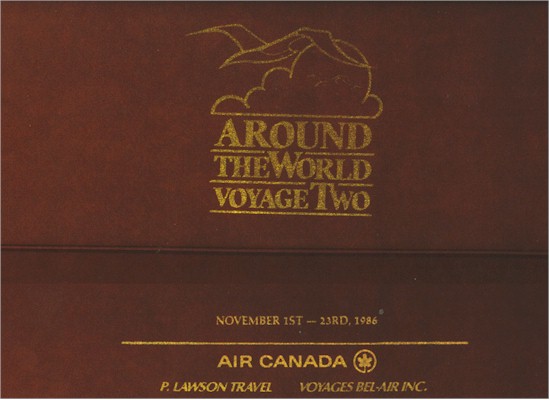 |
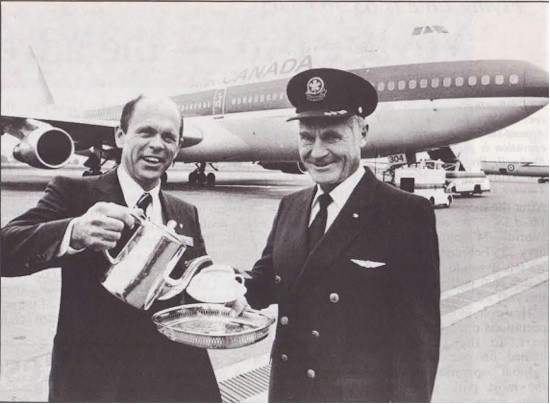 |
|
It was champagne and orange juice for travel agents, press representatives and VIPS who were invited to breakfast onboard the B-747 while on the ground at Christchurch but coffee with a flourish for Captain Don Stinson. Jan Wegman, Route Operations Supervisor, International, Toronto, does the honors before going aboard to serve the guests. |
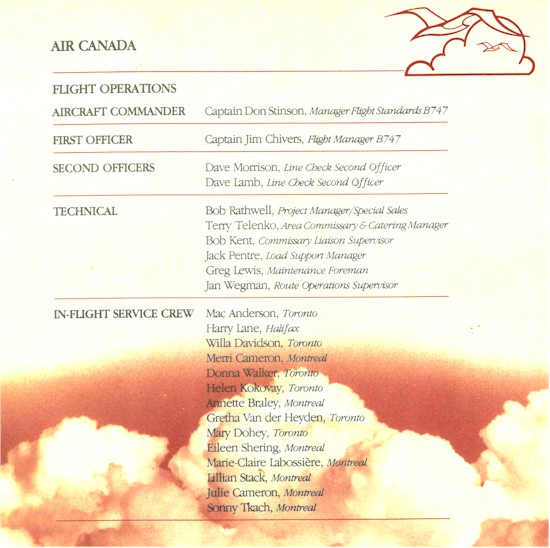 |
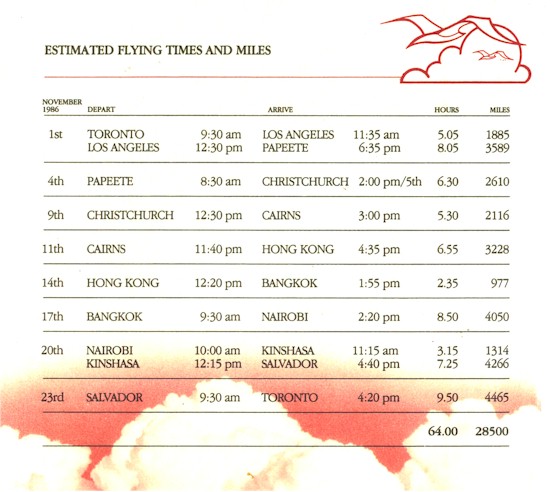 |
|
|
|
Alitalia, a one-time symbol of Italian style and glamour brought low by economic mismanagement, operated its last flight on Thursday October 14, 2021 after 75 years, before handing over to its downsized successor Italia Trasporto Aereo (ITA). The traditional choice of popes, prima donnas and Italy's political elite, Alitalia has been run by a state-appointed administrator since 2017 to avoid being liquidated. A night flight from Sardinia's capital Cagliari due to land in Rome marked the final bow for the airline founded in 1946, after a dizzying succession of restructurings and changes of ownership. Source: www.msn.com |
|
Photo by Eric Salard @ commons.wikimedia.org |
|
India sells struggling Air India back to Tata conglomerate. Tea-to-software Indian giant Tata is buying back Air India, 89 years after founding it as Tata Air and half a century following its nationalization, the government said Friday. The 180-billion-rupee ($2.4-billion) deal marks the end of a lengthy effort to privatize the heavily-indebted flag carrier that according to the government has eaten up 1.1 trillion rupees ($14.7 billion) in public money since 2009. The airline was founded in 1932 with the first flight piloted by Tata's eponymous chairman himself JRD Tata, flying mail and passengers in a single-propeller de Havilland Puss Moth from Karachi to Bombay, as Mumbai was known then. Tata Air offered a slice of the high life with Bollywood actresses in its adverts and at one point commissioning Spanish surrealist artist Salvador Dali to design its ashtrays. The airline was nationalized in the 1950s and in the decades that followed the "Maharaja of the Skies" became synonymous with the hopes and ambitions of the newly independent country. "Welcome back, Air India," Tata's patriarch chairman emeritus Ratan Tata tweeted on Friday, while admitting it "would take considerable effort to rebuild" the company. The airline at one time "gained the reputation of being one of the most prestigious airlines in the world. Tatas will have the opportunity of regaining the image and reputation it enjoyed in earlier years," he said. Source: techxplore.com/news |
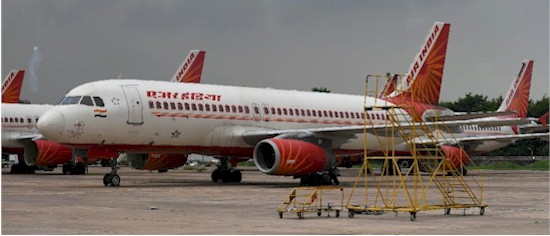 |


